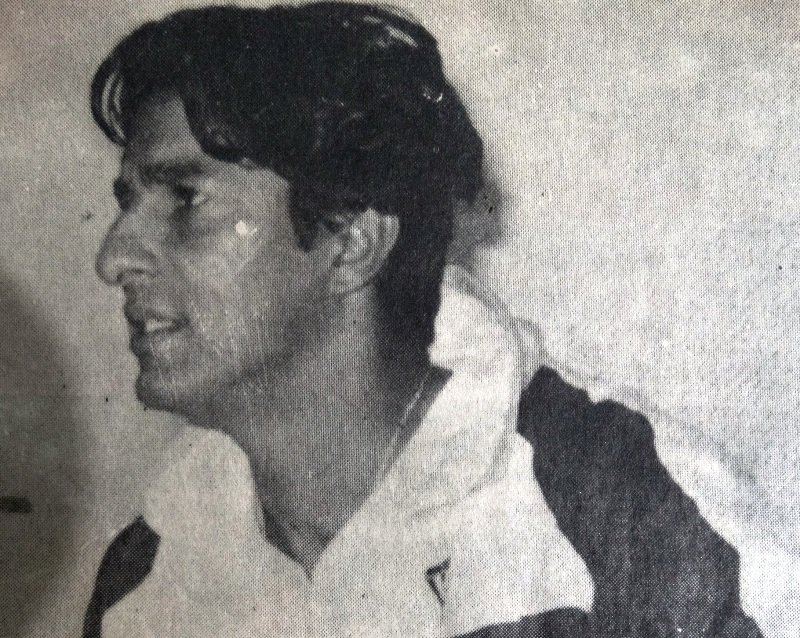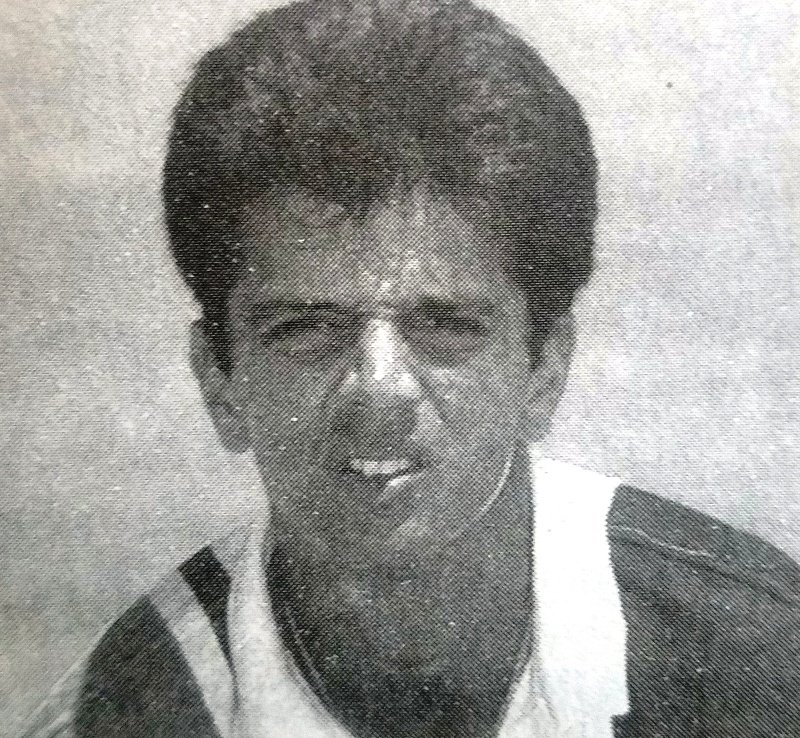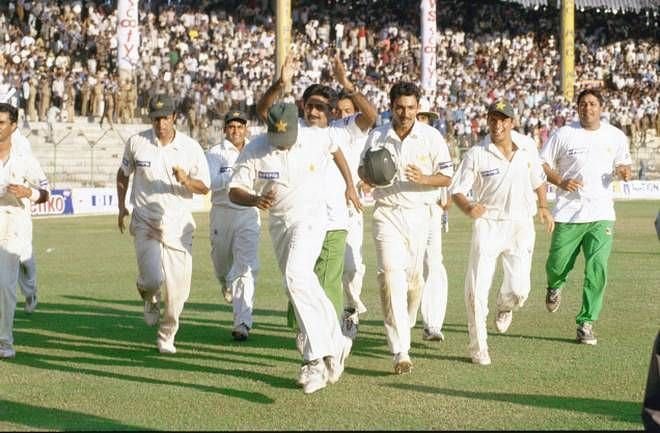The left-arm Champ had the ball been bowled a decade later, it might not have been bowled at all. It ‘was the last ball of the fourth over on the final morning, a Sunday, in Chennai. ‘The year 1999 was thirty-one days old and Pakistan was playing a Test match against India. It is the opinion of Wasim Akram that had the Decision Review System (DRS) been in place, Rahul Dravid would’ve been out the fourth ball of that over.
Off a good length, Wasim Akram had bent the ball in and struck Rahul Dravid’s front pad. It hadn’t swung too much; just cut a mild parabola (in the horizontal plane) before breaking back off the surface. Dravid’s front leg had been dragged across by the original angle, going across him. It looked plumb if not stone-dead because Dravid seemed to get the bat onto the ball. The umpire, not unreasonably, concluded that the ball had hit the bat first. A single replay proved he was wrong. ‘I tell you,” Ravi Shastri concluded somberly on air, ‘Rahul Dravid will consider himself very lucky there.’
The next delivery was similar. But this time Dravid corrected himself, so, though his front leg was a target again, he brought his bat down quicker. Bat connected first, but Akram half-twirled round in appeal again. They were using an SG ball, a brand Pakistan wasn’t familiar with. But it had, according to Akram, started reversing early, which ‘was completely fine by us’.
Akram had asked to test it in nets before the series began and within two over’s been happy that it would be a good ball to use. Left-Arm Champ wanted to finish by bowling one that went away, a natural three-card trick. Dravid was no fool, so Wasim Akram guessed he would be expecting it.
The challenge was to defeat him despite that. ‘I knew he would be ready for an outswinger,’ Akram picks up the story. “But I thought I would get it out from outside his legs so that he would have to play it and not leave it. I wanted to pull him forward. It was swinging a bit that day, but moving out more than moving in.
So I thought if I bowl him from around his legs it would work so that he ‘would have to play at it, maybe get an edge. I believe a batsman, the more he plays with the bat, the more nervous he gets. Leaving it is too easy.’ ‘At first, it seemed that Left-Arm Champ got it wrong. The ball pitched on the leg stump.
It ‘was an imprisoning length—Dravid couldn’t be entirely forward or back to it. As it was leg side, Dravid shaped his front leg as he had done to the two ‘previous deliveries this time perhaps imagining a flick to a leg, and finally, an uneven if it swung away, as he suspected, it began too far down leg; he could cover that. He had been at the crease for fifty-five deliveries over nearly two ‘hours and scored just 10. An easy run or two was not a member as much as relief.
‘But no sooner had he moved than he realized that a clip was not an option. This delivery, wretched witch of delivery, was now beginning to shape: away; now, when it was already halfway done in this world and a little too much as well a swift readjustment was required. So Dravid pulled back his front leg a little and brought his bat down. In the circumstance, it was admirably straight.
The only option now was to try and guide me to the third man, or at worst, just keep the damn thing out. He was recovering to cover the off stump but here he was ‘beaten. The ball kept curving away, at some pace too, so that by the time Dravid ‘was covering the stumps, the ball had gone past him. He had not been squared ‘up as much as had his insides twisted out.
For a brief instant, it escaped everybody. Wicketkeeper Moin Khan caught the ‘all, thinking Dravid had edged it. Dravid feared the sound though, and so spun around immediately. Akram wasn’t sure whether it was an edge or something lee, it eventually struck Moin that the bail had fallen, as shyly at a snowflake. ‘Soon, Akram realized too.
In that one delivery was the breadth of Left-Arm Champ, a delivery that did several things in one lifespan, one that only the most fertile imagination could conceive and only the most skilled body produce. It also captured the definitive supremacy of Pakistani fast bowling.
Rahul Dravid was not yet the ‘Wall’ that he ‘became later, but he was still a very young fine batsman. In twenty-five Tests until Chennai, he ‘was averaging 57.45 and his defensive solidity was steadily acquiring heft It was this that Wasim Akram breached and it led, eventually, to a famous triumph.
Related Reading – Pakistan Tours India in 1952-53



